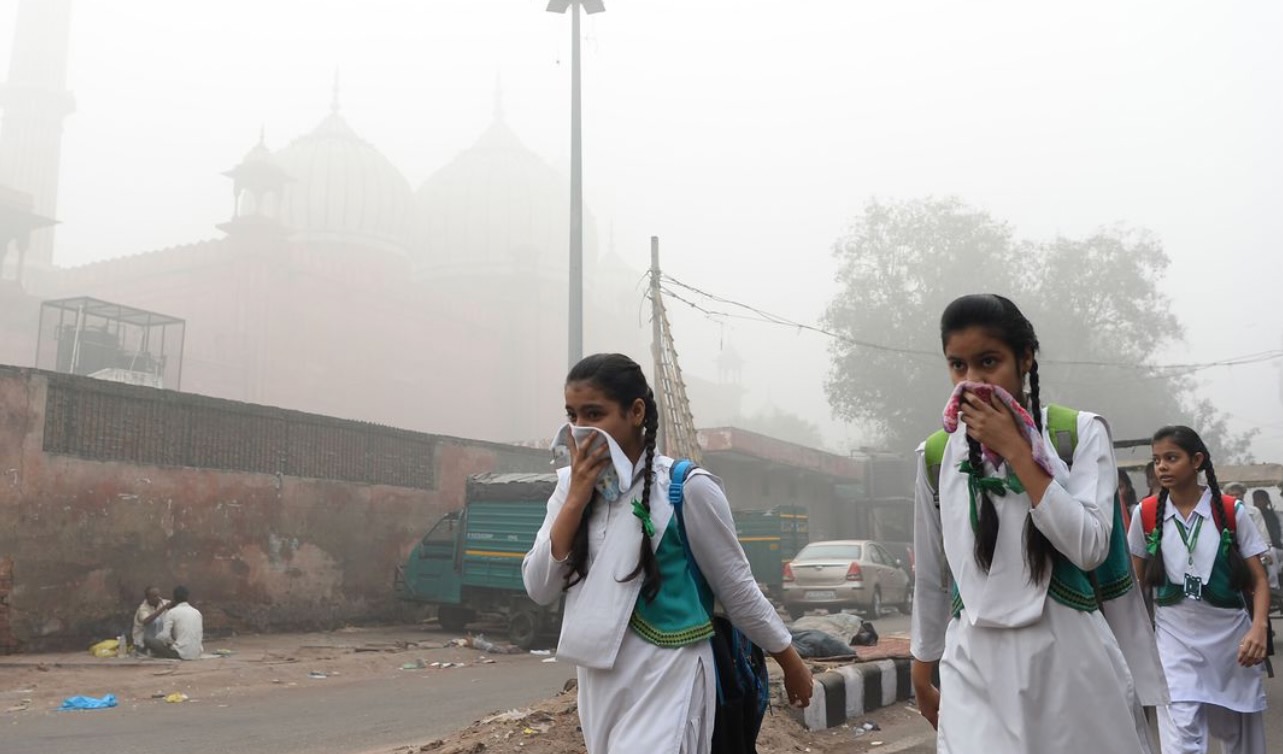HAMAD ALHADBH WRITES – “For many developing countries, climate change is looming large over their existence. We have to take big steps today to save the world. This is the need of the hour.”
So said Narendra Modi, India’s Prime Minister, during the COP 26 climate conference in Scotland in November 2021. Yes, India faces a significant challenge with air pollution thanks to rapid industrialization, population growth (now the world’s second-largest, with over a billion), and urbanization. Despite resource limitations, though, its government has drafted and implemented various plans to combat this challenge.
India emits over 2.4 billion tons of carbon annually, making it the world’s third largest air polluter – behind China and the USA. In part, this is due to the fact that in five decades, India has become a manufacturing hub offering cheap labor as people migrate to urban areas for better employment opportunities and companies outsource their manufacturing. These interlinked factors have driven up the country’s energy demands, primarily powered by coal and oil. The country has set up numerous coal plants nationwide to help meet the excess demand at an affordable cost.
Furthermore, millions of low-income urban homes rely on charcoal and wood for cooking and heating. These homes generate several tons of pollutants daily while also contributing to deforestation. Moreover, to attract investment, India adopted lax environmental protection laws allowing manufacturers to release harmful toxins into the air with little to no consequences. This has severely degraded the country’s air quality, especially in urban areas; 12 of the 15 most polluted cities worldwide are in India. Add to that India’s large urban population, leading to millions of cars on the roads. Due to low incomes and a lax regulatory system, many cars are old and poorly maintained, increasing their emission of dangerous gasses.
The high concentration of pollutants in the air has resulted in India experiencing a health crisis due to citizens suffering from respiratory diseases. These complications have in turn led to the deaths of millions of Indians— 1.6 million people in 2019 due to air pollution. Millions more have been hospitalized, negatively impacting the country’s health systems and economy.
It’s not that the government hasn’t responded to these challenges. It has in fact embraced renewable energy to generate electricity. These efforts have made India the leading adopter globally and have increased the percentage of energy generated by renewables to 20%. Moreover, the government policies bring cheap natural gas to low-income urban homes that reduce people’s reliance on wood.
Also, in 2021, the government began offering a program of $3.5 billion in incentives to companies making green autos. This is part of the plan to have at least 30% of the country’s cars be electric by 2030. What’s more, the government has partnered with major cities to reduce pollution by implementing programs to control dumping in landfills and by restricting the burning of solid waste. These programs have helped India’s cities reduce emissions in their atmospheres. Still, India’s air quality is dire, and more must be done, and on a global scale. Ultimately, the international community will need to support India’s government efforts to guarantee its success in combating air pollution.
Everyone is in the atmospheric soup together.
Hamad Alhadbh. Halhadbh@lion.lmu.edu

